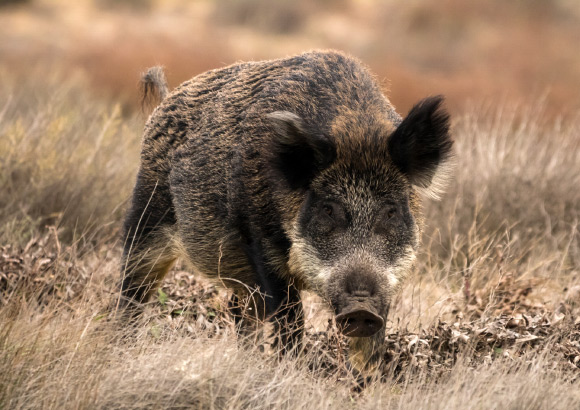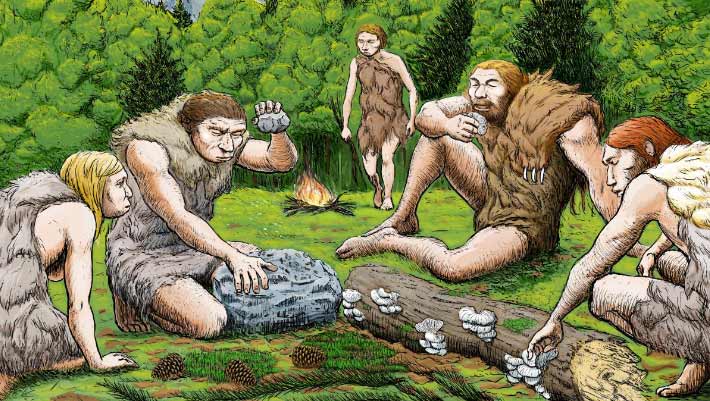Now Reading: Study Traces Pig Domestication to South China 8,000 Years Ago
-
01
Study Traces Pig Domestication to South China 8,000 Years Ago
Study Traces Pig Domestication to South China 8,000 Years Ago

Quick Summary
- Study Focus: Archaeologists analyzed pig dental calculus from early Neolithic sites in South China (Jingtoushan and Kuahuqiao, dating back 8,300-7,000 years).
- Findings:
– Pigs ate human-associated foods like cooked starchy plants (rice, yams, acorns) and scavenged waste contaminated with feces containing whipworm eggs.
– Evidence suggests pigs lived alongside humans and consumed food from human settlements.
- Methodology: Researchers studied dental microfossils and structures of 32 pig specimens to trace dietary patterns and morphological changes during early domestication phases.
- Domestication Insights:
– Early interactions between humans and wild boars followed the “commensal pathway,” with scavenging leading to behavioral adaptability in wild boars.
– This facilitated initial domestication as smaller animals living around settlements adapted physically over time.
- Parasitic Transmission Link: Findings reveal a connection between early pig domestication and parasitic disease transmission among sedentary Neolithic communities.
Indian Opinion Analysis
The study sheds light on the complex relationship underlying animal domestication during the Neolithic period. For India, were animal husbandry forms a critical component of rural livelihoods today, past insights into the evolving human-animal relationship are significant.Understanding that behavioral adaptations preceded physical changes in wild species emphasizes how environmental factors drive genetic evolution over time.
Additionally, the link between waste management practices in early sedentary societies and parasitic transmissions highlights an enduring challenge for civilizations-including modern ones-that rely heavily on agriculture. The findings may provide valuable lessons for India’s ongoing efforts to improve sanitation systems while balancing agricultural traditions rooted deeply in history. As domestic livestock continues to be indispensable for food security here, such studies encourage reflection on past interactions shaping enduring futures.
Read More: Pig Domestication Study

























